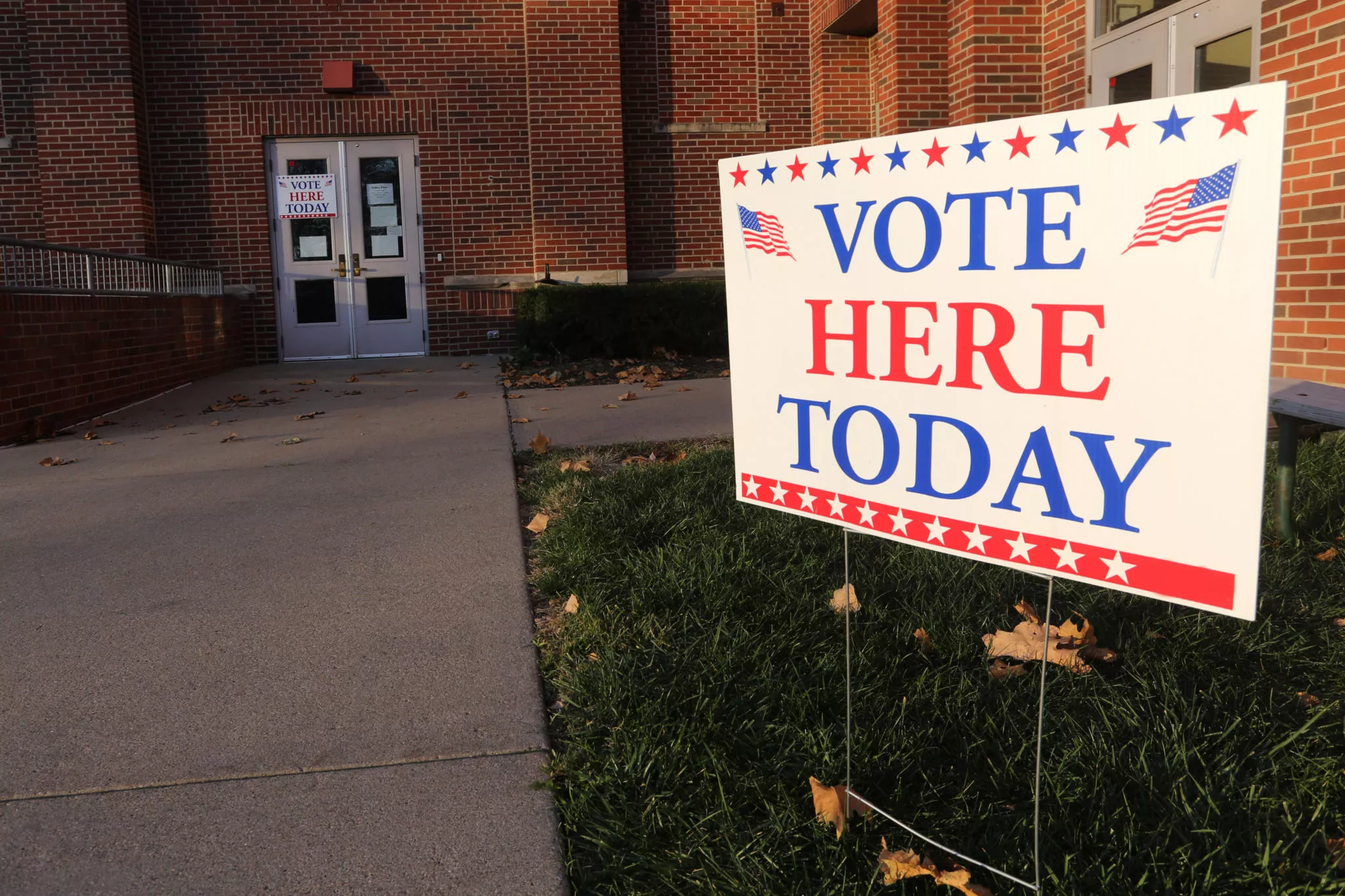Election Integrity: A County’s Investigation of Residents’ Perceptions
.png)
Zencity
The Platform for Community Trust
Introduction
Ahead of the 2022 Midterms, counties across the United States face two serious challenges: first, the heavy lifting of administering the election – the day-to-day operations of registration and voting; second, to ensure that their community has faith in the electoral process and the integrity of the election.
While counties are well-practiced and tested in the practical and functional part of election administration, this second challenge is rather new and especially daunting. The 2020 election generated an unprecedented national movement voicing skepticism about its outcome. In this upcoming election, the first since this watershed moment in American politics, counties are bracing themselves for renewed expressions of skepticism, lack of trust, and accusations of mismanagement or wrongdoing – and its potential impact on the smooth running of the electoral process.
A county’s search for answers
At the request of one partner community, a 430K-resident county in the Northeast, Zencity conducted an in-depth analysis of resident conversations about election integrity. The County’s Election Services Department was aware that its highly politically-conservative population was skeptical of the results of the 2020 election and wanted to know whether such sentiments had lingered. Moreover, was this a Same Ten People (STP) scenario, the County asked us, or a prevailing conception affecting the majority of their community, and something they should be actively working to dispel?
Zencity’s expert analysts reviewed the data and presented the County with important insights into the online conversation, which shed some light on the discourse around election integrity more broadly.
Widespread concern or an “STP” situation?
Zencity found that election integrity made up only a fraction of the overall conversation about the upcoming election: Resident-led, politically-affiliated groups were the leading drivers of online conversation on the topic of election integrity, accounting for 80% of the conversation.
That being said, the topic itself was not central in these channels. Only 3% of all discourse generated by partisan groups focused on election integrity and reflected concern about voting procedures. Otherwise, the leading topics were traditional election and political chatter – debates about the issues, discussing candidates, and political jockeying.
With this data, the County Administration was assured that skepticism about the election was mainly contained to political groups and has not transcended beyond to create a widespread problem of distrust.
What to expect on election day
Most of the conversation about election integrity – and skepticism in particular – was driven by right-leaning channels and those affiliated with the Republican party. 90% of all negative interactions (reflecting skepticism, antagonism, and distrust) took place on right-leaning channels.
The central theme in the commentary, aside from the belief that the last election was stolen and that the next one is similarly threatened, is a call for people to sign up to watch and, notably, film the precincts and polling stations and drop-boxes. This was the main call to action voiced on these channels and was a driver of positive sentiment.
Left-leaning channels were less central in the conversation about election integrity, making up only 13% of the discourse. Concerns voiced in such groups focused on voter suppression and violation of election laws. Yet, no specific accusations about the upcoming election administration or plans to take action were expressed.
Official County channels, nonpartisan organizations, and news outlets made up 20% of the conversation about election integrity. Expressions of distrust in the electoral process were minimal, and the engagements consisted mainly of “likes” and “shares,” – indicating trust in the information provided.
The deep dive into the central themes in the election integrity conversation alerted the County Administration to the potential problem of self-appointed “poll watchers” and the intention not only to be present in voting sites but also to film the proceedings. Knowing this, the County was able to prepare for potential friction and tensions.
Conclusion
In striving to be better prepared for election day, the County was adamant about listening to feedback shared outside its own channels. We are administering this process, the County acknowledged, and skepticism about our ability and intention to do so fairly and with integrity are not likely to be voiced to us directly; we have to expand the feedback we hear to know how our residents truly feel.
In doing so, the County learned that partisan groups, particularly right-leaning groups, strongly drove the conversation about election integrity. Expressions of skepticism or distrust were not voiced on non-affiliated channels – indicating that belief in the integrity of the election and the voting process falls along partisan lines and is mainly perpetuated by several vocal groups.
Additionally, the County was alerted to an emerging trend around presence in polling stations and drop-boxes, with right-leaning groups actively recruiting poll watchers to supervise and document the proceedings. Learning about this potential cause of friction and tension, the County was able to prepare in advance – helping it perform its critical duty of ensuring a smooth (and fair) election day for its residents.
Read more about how counties have integrated Zencity into their administration of elections.
%20copy-1.png?width=544&height=120&name=Logo_black%20(1)%20copy-1.png)





